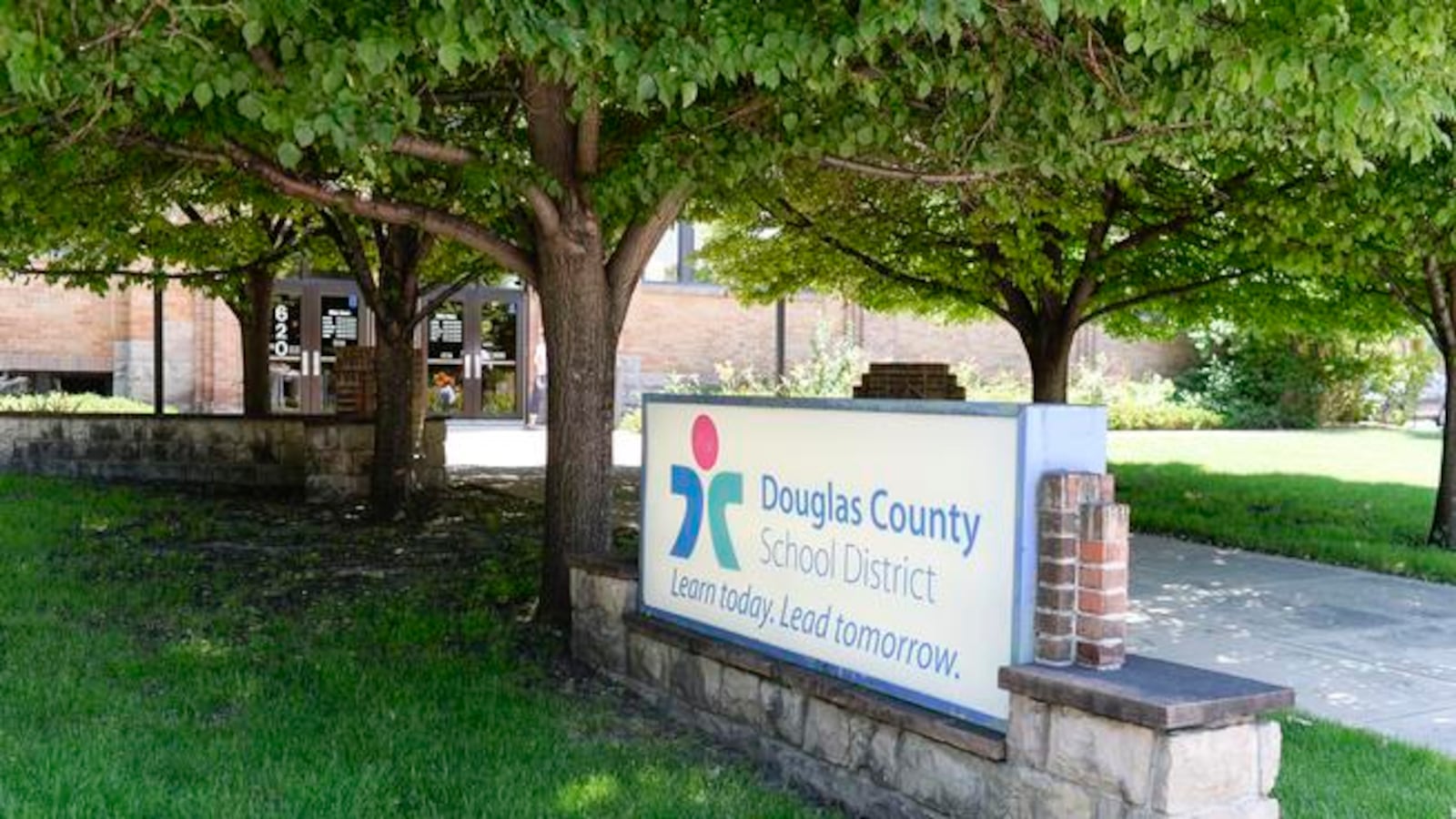The Douglas County School District will repay the Colorado Department of Education about $2 million — half of what it originally owed — to settle a long-running fight over enrollment counts.
The state and school district announced the agreement in a joint statement shortly after midnight Wednesday. Education Commissioner Rich Crandall approved the reduction, according to the statement.
At issue was whether more than 1,200 Douglas County students met state requirements for full-time funding. The department found those students didn’t meet the hourly requirement for full funding and that the district was required to return the money. Some state funding for transportation was involved.
The dispute went public last June after then-Commissioner Robert Hammond upheld a department audit that came up with the $4.6 million figure.
In a letter to the department at the time, Douglas County school board members Kevin Larsen and Doug Benevento wrote that department decisions “convey the unmistakable whiff of policy retaliation” because the department and district differ on other issues.
They also wrote, “It is hard to believe that, in this age of nearly constant learning through technology … the department still employs a vast bureaucracy of well-pensioned employees who seriously spend valuable time – at taxpayer expense – tallying the number of minutes that a student sits in a seat, rather than the results achieved by that student.”
Although the two agencies continued to talk, the district filed suit against the state last November.
Colorado’s school funding system is based on per pupil amounts calculated for each district. The department annually audits a sample of districts to compare student enrollment, against the amount of state funding allocated. Districts that received more funding than supported by enrollment data are asked to pay money back.
Whether students were properly classified as part-time or full-time is a common issue in such audits.
In the news release announcing the settlement, Crandall and Dougco Superintendent Elizabeth Fagen both raised the issue of how to best fund students, echoing the Larsen/Benevento letter.
“I’ve spoken with numerous lawmakers about our shared desire to move our state’s funding model toward a competency-based system that measures student outcomes,” Crandall said. “The way education is funded needs more focus on outcomes and less on seat time.”
In her statement Fagen said, “I look forward to working with the commissioner to change the way we account for student time in school. We all know that learning is not about minutes in a chair, it is about the skills and understanding gained. In this day and age a leading state like Colorado needs a better strategy for funding its students.”
Colorado’s current school funding law doesn’t factor in student achievement scores or demonstrations of competency, and that’s not likely to change in the immediate future. Three legislative committees held several hearings on school finance this session but made no recommendations. Some lawmakers may urge further study before the 2017 session.
Annual spending for Colorado’s public schools is about $6.2 billion. Because of constitutional limits on annual state spending and other factors, that’s about $831 million less than called for by the state’s funding formula. A wide variety of education interests have resisted changing the current formula unless more school revenue is found, a question that’s ultimately up to voters.
Under the CDE-Dougco agreement, the district will pay back $1.4 million for pupil count issues related to changes in class schedules and $274,225 related to other pupil count findings. Those covered the 2012-13 and 2013-14 school years. A repayment of $342,882 in transportation funds will be made for the 2011-12 and 2012-13 school years. The district’s suit against CDE reportedly will be dropped.

